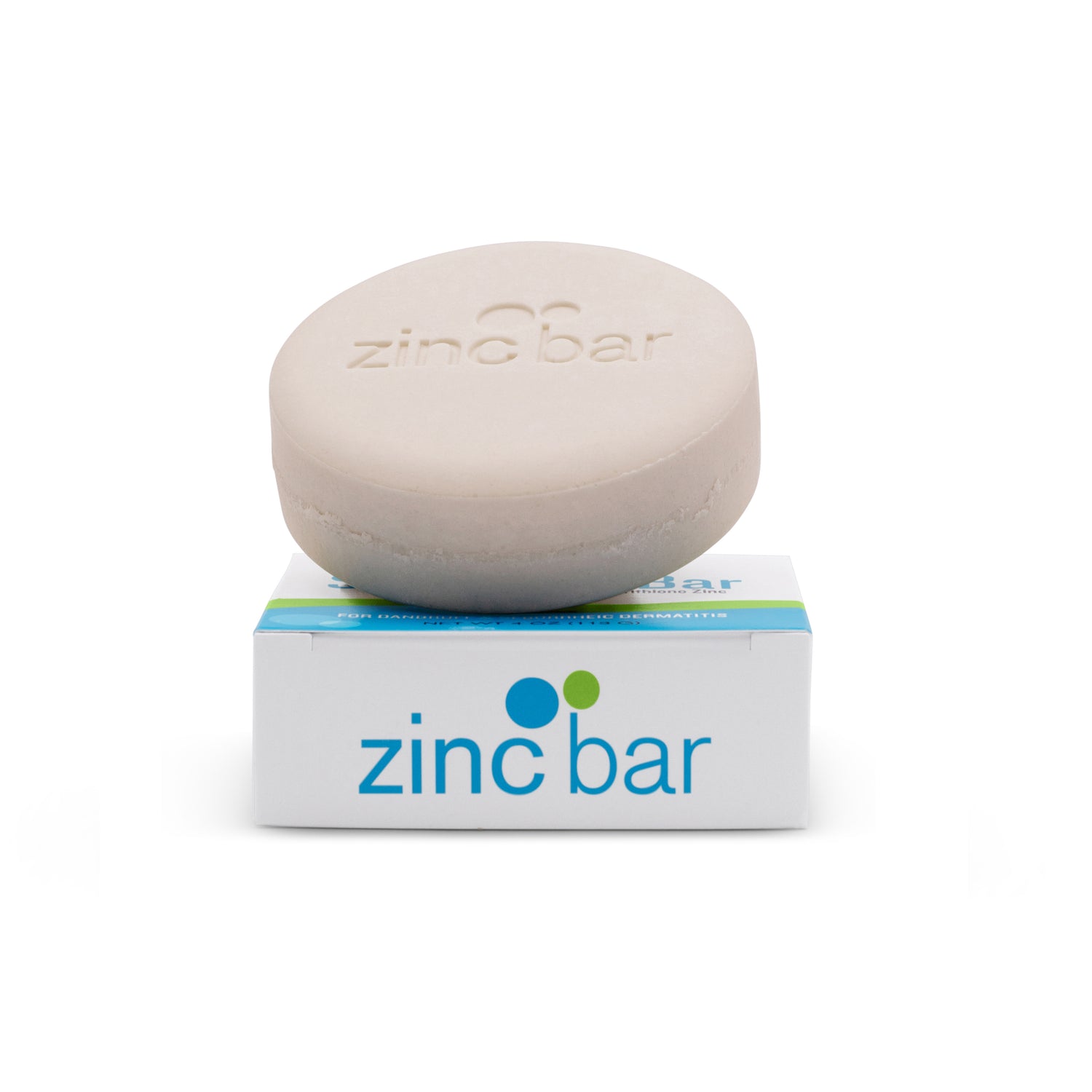FAQ - DermaHarmony Non-Soap Cleansing Bars
How is this bar different than your soap?
Our non-soap syndet (which stands for synthetic detergent) bars are made using blends of synthetic plant-based surfactants and produced differently than traditional vegetable soap bars. Syndet surfactants are derived from oils and fats and are processed heavily in processes other than traditional saponification. Syndet is not as 'natural' as soap. Syndet detergents work better than soap when water contains calcium hydrogen carbonate (e.g. hard water). Syndets have a lower pH level. Detergents are free-rinsing (meaning they don't leave a residue).
Soaps can be made at home or in primitive settings. Ancient Babylonians understood soap making as early as 2800 BC. Syndet production requires highly specialized machinery. The first syndet-based bar, Dove, was introduced in 1955.
Are cleansing bars better than soap bars?
It's pretty well established that cleansing bars, ones thar are based on mild synthetic surfactants (syndets), are milder to skin than soap-based cleansing bars. They tend to be more compatible for patients with skin conditions (e.g., acne, rosacea, and atopic dermatitis). That's a summary from the American Academy of Dermatology (Volume 52, Issue 3, Supplement P88 - March 2005).
What's best is what works well for you (the customer). Soaps make up more volume in terms of sales here at DermaHarmony. That's likely because they're less expensive and more accessible to everyone due to the lower treatment cost which is around $6.20/bar vs $11.00/bar (when buying multiple bars). In terms of customer satisfaction and clinical outcomes, our soaps and syndet bars run about the same.
Both cleansers and soaps have their place in the cleansing ecosystem. Cleansing bars are not necessarily better.

